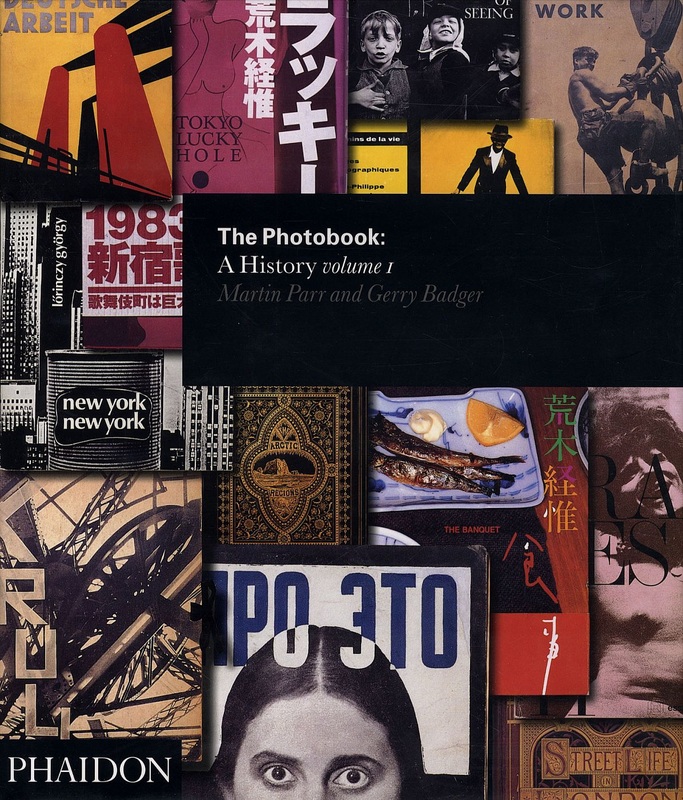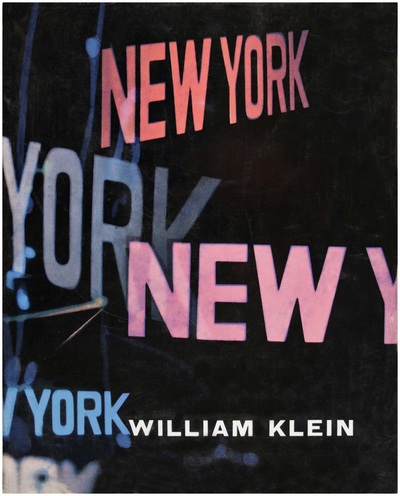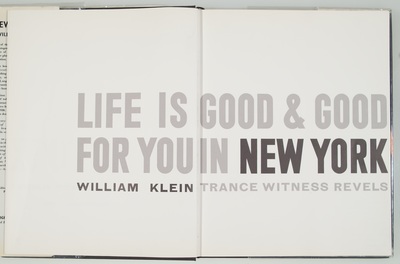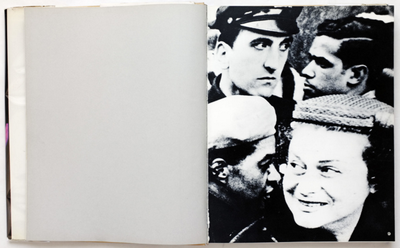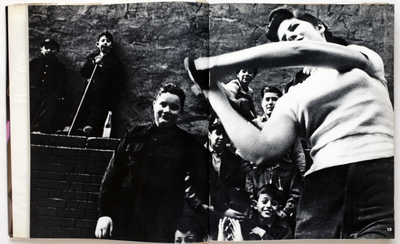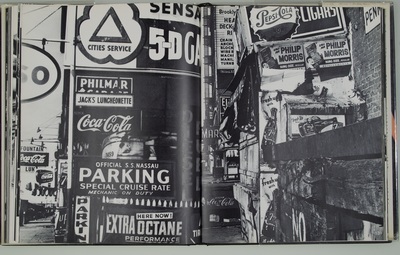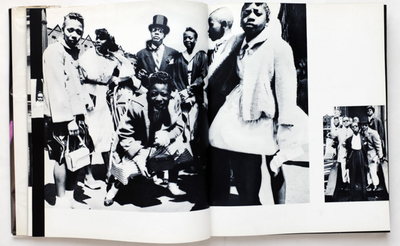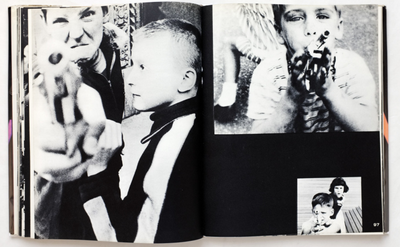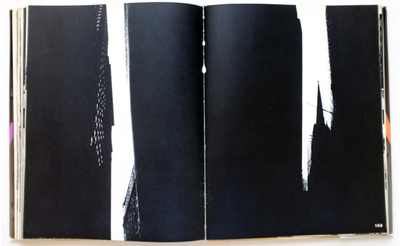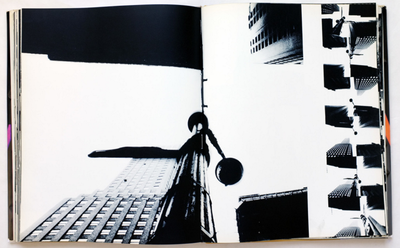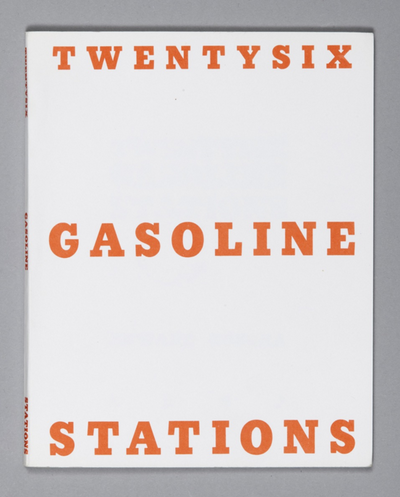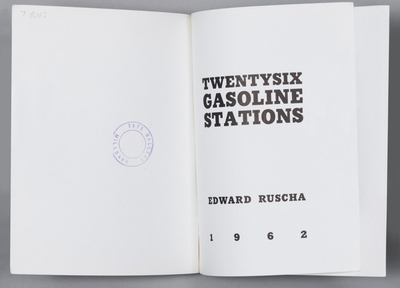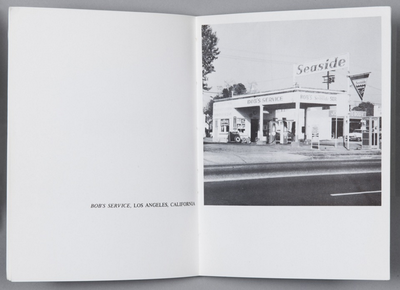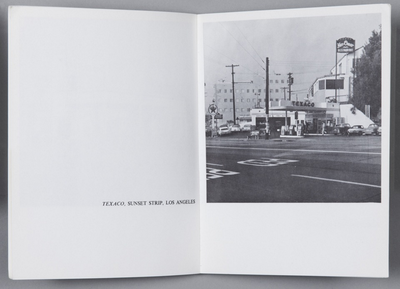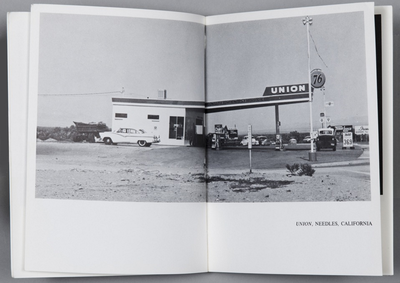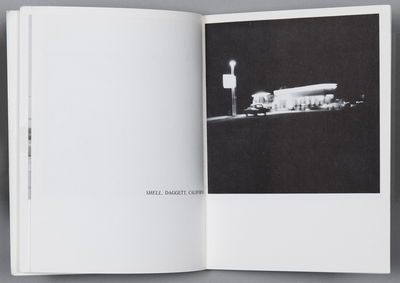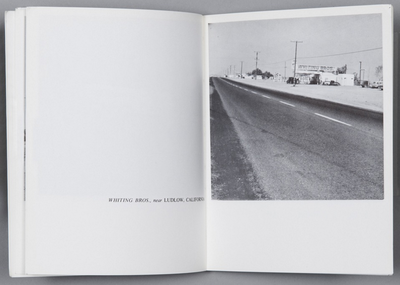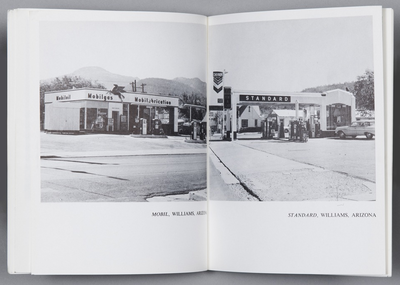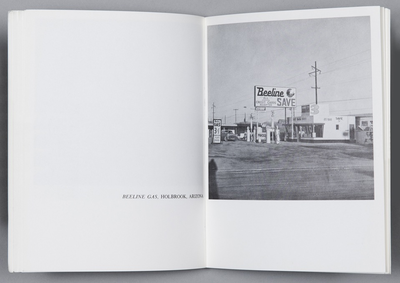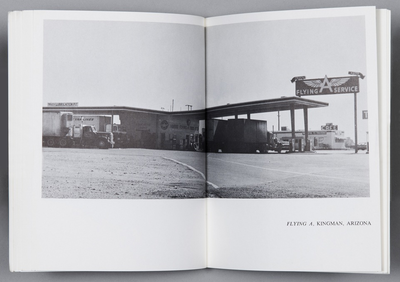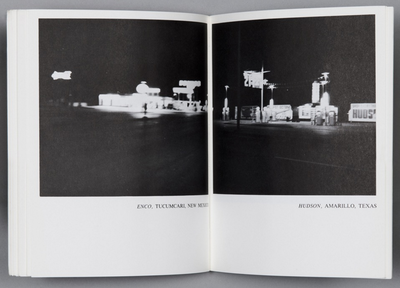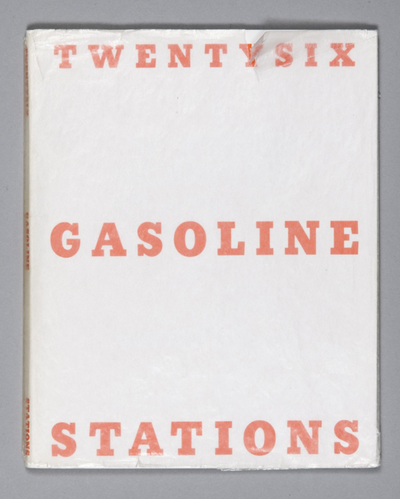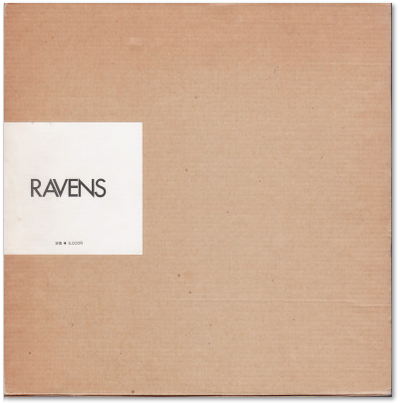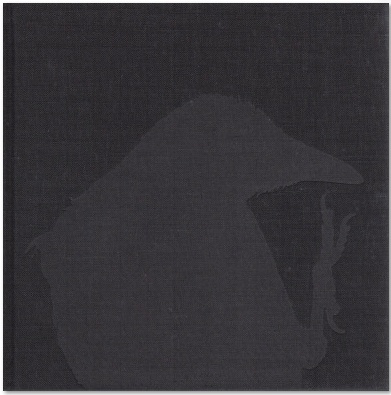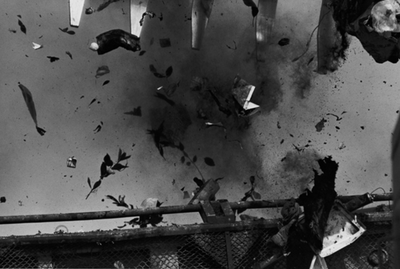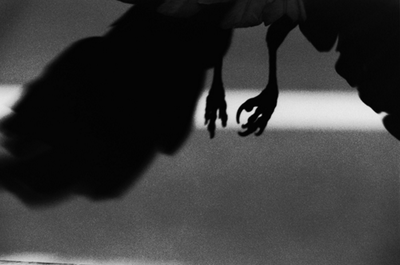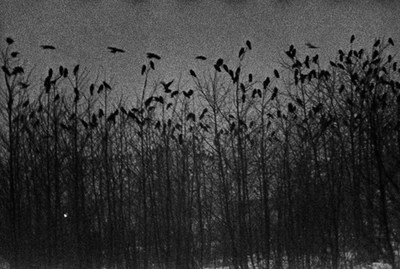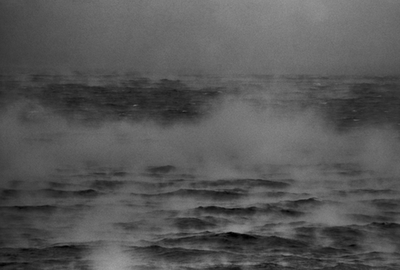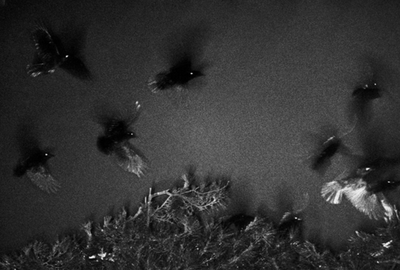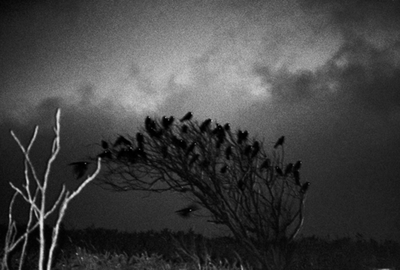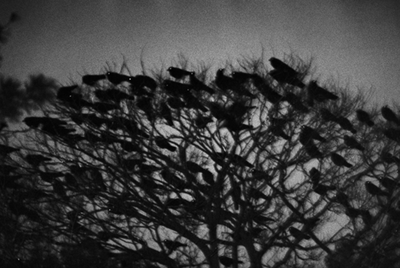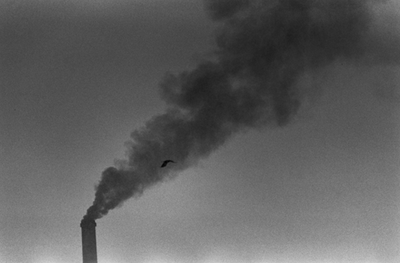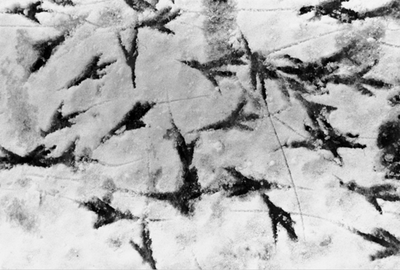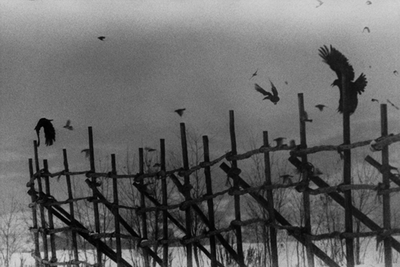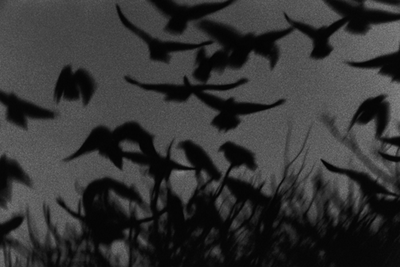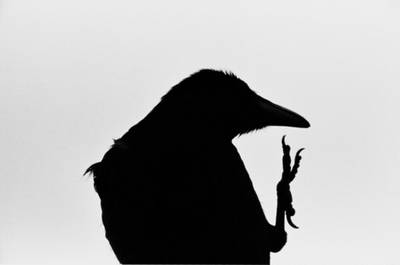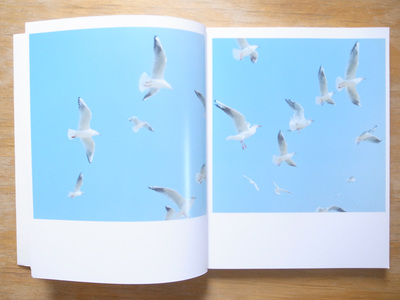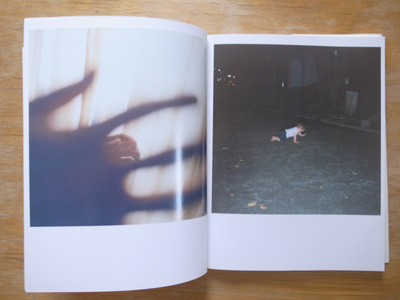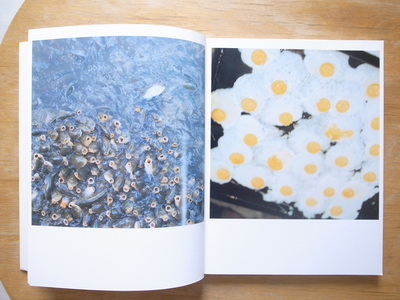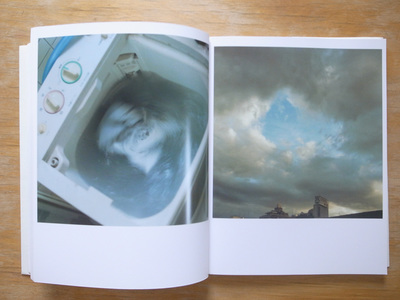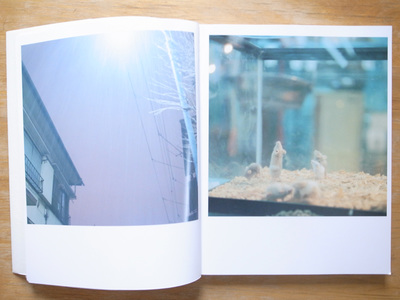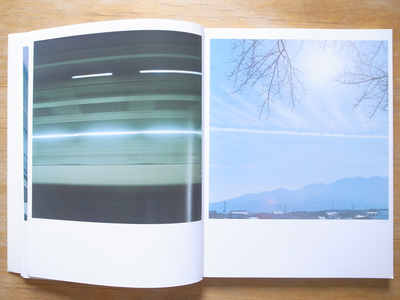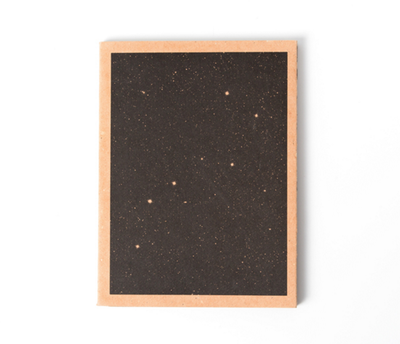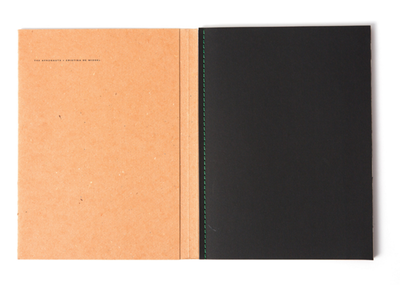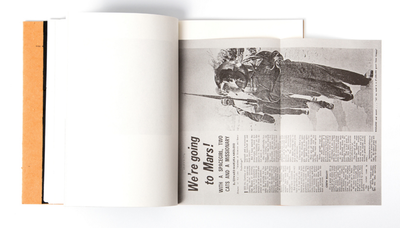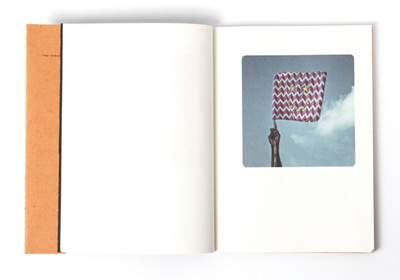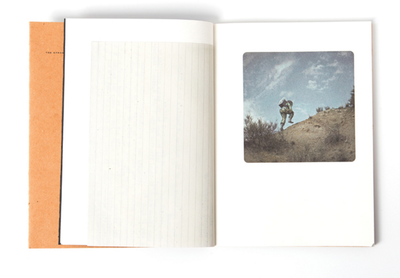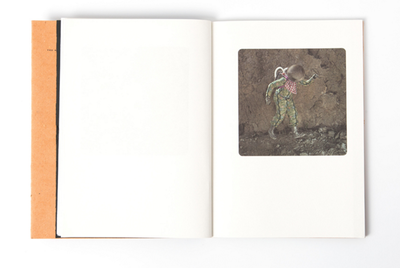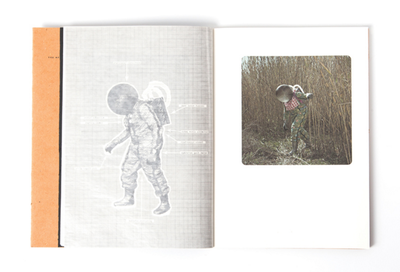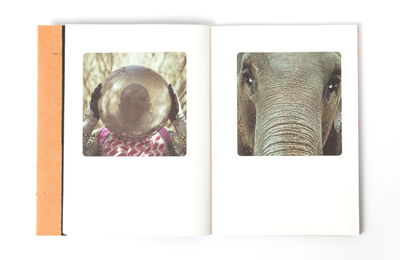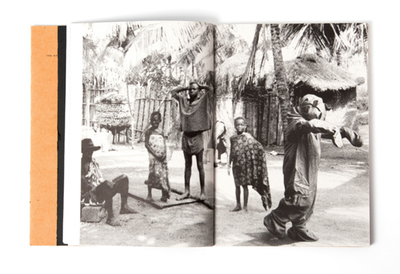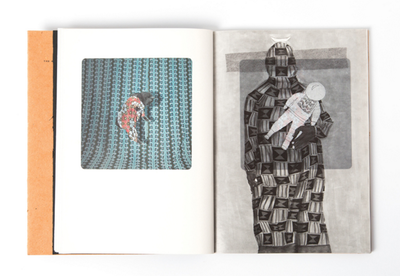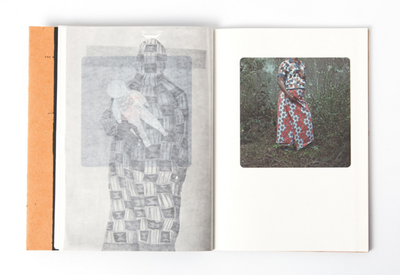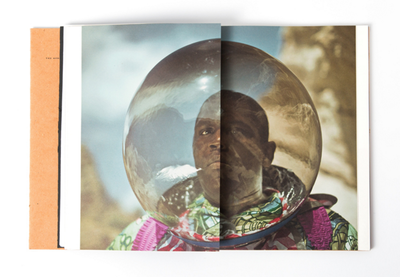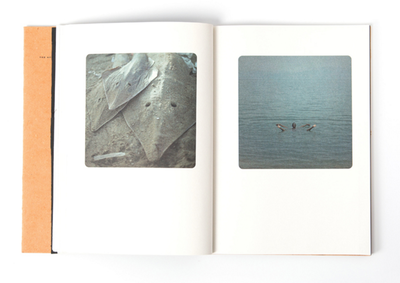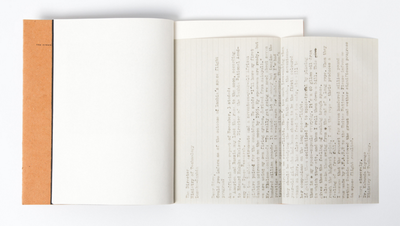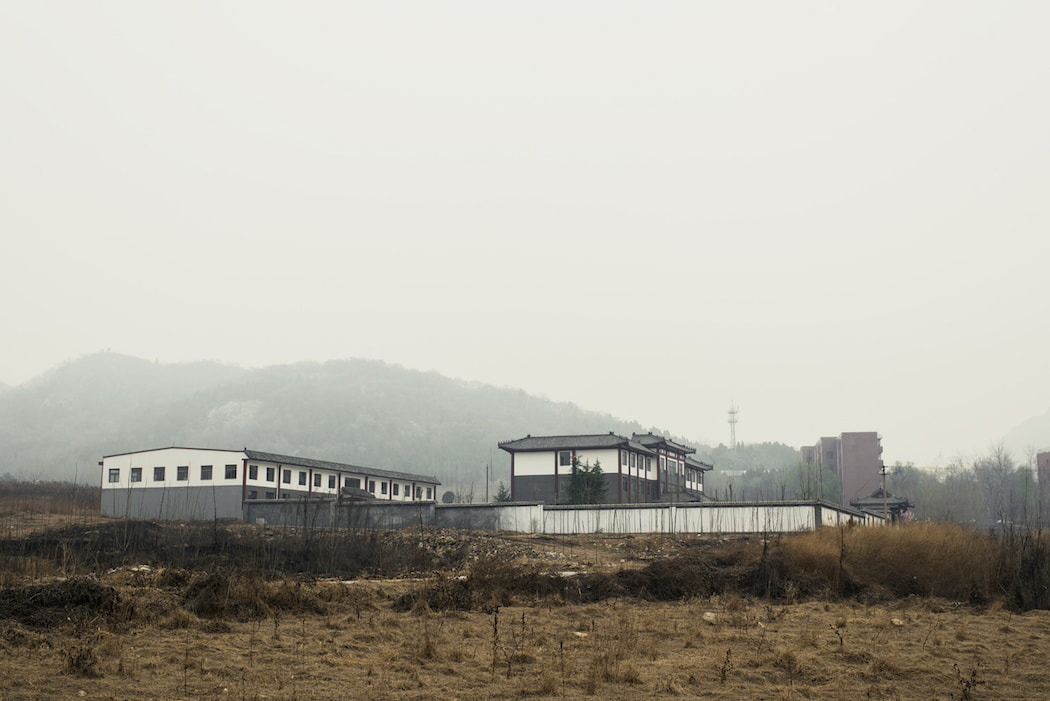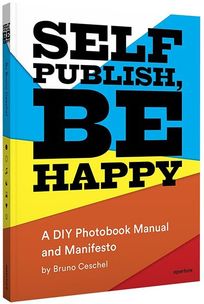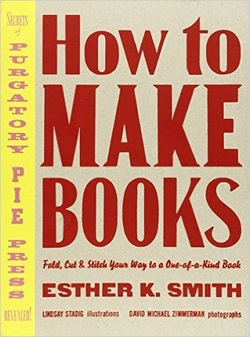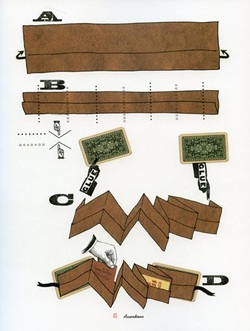Post 16 lesson plan:
What is a photobook? Why has it been such an important part of the history of photography? How do you make one?
From Jon Nicholls, Thomas Tallis School
|
This project is designed to encourage students to:
|
|
|
This is a long but incredibly informative discussion about the photobook by some eminent experts. Martin Parr and Gerry Badger are joint authors of a trilogy of books entitled 'The Photobook'. The other panelists are a curator of photography and a photobook publisher. Some of the best examples of photobooks are now long out of print and only available to collectors in their original forms at very high prices. However, such is the popularity of these works that Errata Editions has begun to publish smaller scale copies of the originals at reasonable prices. |
Examples of great photobooks:
The following resources provide a taster of a few influential photobooks. They are designed to help you with your research and highlight some of the issues related to the form of the photobook. The history of the photobook is so diverse that it would be impossible to create a representative sample so this is a personal selection. Check out lots more examples on Josef Chladek's virtual bookshelf and the Photobook Store website. You could also take a look at a couple of other lesson plan resources on this site featuring photobooks: Black Light, The (In)Decisive Moment, Provoke and Two-Frame Films, for example.
Life is Good & Good for You in New York Trance Witness Revels
-- William Klein, 1956
'Life is Good & Good for You in New York Trance Witness Revels' is regarded as one of the most influential and groundbreaking photobooks. Its visual energy captured the rough and tumble streets of New York, breaking most of the 'rules' about photography and photobook design in the process.
This city of headlines and gossip and sensation needed a kick in the balls. I saw the book as a monster big-city Daily Bugle with its scandals and scoops that you’d find blowing in the streets at three in the morning…. For me photography was good old-fashioned muckraking and sociology… I could imagine my pictures lying in the gutter… I was a newspaperman! Or a Frenchman. One time in Harlem I cooled things down by saying I was French. “Hey! This guy ain’t white. He’s French!”
-- William Klein
|
A flick through of William Klein's groundbreaking book 'William Klein: Life is Good & Good for You in New York Trance Witness Revels' first published in 1956.
|
William Klein discusses his approach to photography with reference to his books on New York and Rome. At 4:50 his assistant reveals one of the original maquettes for the New York book.
|
Twentysix Gasoline Stations
-- Edward Ruscha, 1963
|
Ed Ruscha pioneered a new kind of photobook with a series of publications in the 1960s. His deadpan, typological observations of various phenomena, from gas stations to car parks, proposed a different way to look at the world. The book was published initially in an edition of 400 numbered copies costing a modest $3. This video explores some of Ruscha's interest and motivations in the creation of his groundbreaking photobooks. Several artists have mimicked Ruscha's approach including Twenty-Four Former Filling Stations (2007) by Frank Eye, Thirtysix Fire Stations (2004) by Yann Sérandour, Eleven French Publishers (2011) by John McDowall and Fortynine Coach Seats Travelling Along the M4 (2003) by Tom Sowden.
|
|
I’d always wanted to make a book of some kind. When I was in Oklahoma I got a brainstorm in the middle of the night to do this little book calledTwentysix Gasoline Stations. I knew the title. I knew it would be photographs of twenty-six gasoline stations [...] Months went into the planning of that. I could have saved myself a lot of trouble by loosening up. You know, not gotten so concerned with how I wanted the thing to look. I changed the form about fifty times at the printer’s [...] I realised that for the first time this book had an inexplicable thing I was looking for, and that was a kind of a “Huh?” That‘s what I’ve always worked around. All it is is a device to disarm somebody with my particular message [...] I felt when I got going on the books that it was really the red meat of my work. It was the choice bit. Although I was painting pictures at that time, I felt that the books were more advanced as a concept than the individual paintings I had been doing.
-- Ed Ruscha
Tulsa
-- Larry Clark, 1971
|
Praised as a raw document of youth culture on the one hand and criticised as an unremittingly grim and voyeuristic portrait of disaffected teenagers on the other, Clark's book divides opinion. Guns, sex and drug taking feature prominently. He has continued to do so with his subsequent career as a photographer and film maker. Clark claims to have taken part in the lives of those he photographed, lending the book an air of authenticity. He was certainly not an innocent bystander. The images are uniformly bleak but there is a kind of rough beauty that is occasionally reminiscent of Robert Frank's work. Tulsa was and remains a notorious and much discussed example of the art of the photobook.
|
Warning: Some of the images in this book are of an explicit nature and depict drug taking.
|
Ravens or The Solitude of Ravens
-- Masahisa Fukase, 1986
|
This little known Japanese masterpiece is considered by insiders to be one of the best examples of the photobook ever made. Fukase shot the images over a 10 year period, drawn to the ominous beauty and loneliness of ravens in the wake of his wife's leaving. The Japanese first edition is simply titled 'Ravens'. More recent versions are called 'The Solitude of Ravens'. Tragically, a few years after the book's publication, the photographer fell down a flight of stairs and has been in a coma ever since. His ex wife Yoko still visits him every month.
|
Fukase's images are grainy, dark and impressionistic. Often, he magnifies his negatives or overexposes them, aiming all the time for mood over technical refinement. He photographs flocks from a distance, and single birds that appear like black silhouettes against grey, wintry skies. They are captured in flight, blurred and ominous, and at rest, perching on telegraph wires, trees, fences and chimneys. Fusake photographs them alive and dead, and maps their shadows in harsh sunlight and their tracks in the snow.
Utatane
|
|
Buried
-- Stephen Gill, 2006
|
|
The photographs in this book were taken in Hackney Wick and later buried there. The amount of time the images were left underground varied depending on the amount of rainfall. The depths that the pictures were buried at also varied, as did their positioning. Sometimes they were facing each other, sometimes back to back or sometimes buried singly. [...] Not knowing what an image would look like once it was dug up introduced an element of chance and surprise which I found appealing. This feeling of letting go and in a way collaborating with place allowing it also to work on putting the finishing touches to a picture felt fair. Maybe the spirit of the place can also make its mark. |
The Afronauts
|
|
For other great flip through guides to great photobooks visit the PhotoBookStore Vimeo channel.
Zines
|
Photography in print doesn't necessarily mean a thick hard bound book. Photo (maga)zines are a thriving part of photobook self-publishing culture. Using photocopiers or other forms of cheap printing and often made completely by hand in small limited editions, a photozine can be a beautiful object in its own right. In fact the form lends itself to innovation, idiosyncrasy and variety. Experimentation is central to the process.
Zinelab has a great site with a short history of zine culture. Check out The Deadbeat Club and The Photocopy Club for plenty of great examples. Preston is my Paris now contains a huge archive of zines dedicated to that great northern town and its inhabitants. Those in the slideshow opposite are from the fantastic Zines of the Zone web archive and give you some indication of the variety of types of zine being made. Here are a couple of current favourites from The Deadbeat Club from artists Clint Woodside and Jerry Hsu: |
|
|
|
|
|
|
Preston Bus Station is one of the many photozines produced by Adam Murray and Robert Parkinson under the Preston is my Paris imprint. In collaboration with photographer Jamie Hawksworth the trio set up a photo studio in Preston's bus station after hearing that it was scheduled to be demolished. Over a single weekend they engaged passers by, making portraits and documenting the architecture. The zine was printed by Newspaper Club (see resources below) and mimics the free papers often given out at transport hubs. The campaign to save the bus station made use of the zine to publicise the importance of the place to local people. |
Further research
Whilst it's great to have access to examples of great photobooks online, nothing quite beats handling the real thing. Even if you only have one or two examples to hand, here is some guidance to help you think about the physical artifact. In ‘Publish Your Own Photography Book’ (2014) the authors, Himes and Swanson, encourage potential photography book makers to learn from other books. They describe this research process as follows:
Books are physical, three-dimensional objects made, in most cases, of paper and ink [...] Because a photography book is such a different type of book than a text-based work, getting your head around how the multitude of parts function together is extremely important…
-- Darius D. Himes & Mary Virginia Swanson
They suggest the following prompts to help you investigate existing examples of photography books, in order for you to understand the complexity of the each object and work out your own preferences:
Subject Matter:
Check out the Photoworks series of articles entitled What makes a good photobook?
Subject Matter:
- What is this book about?
- Can you summarise the subject in one clear sentence? The subject matter needn’t necessarily be of deep importance or pressing social relevance - anything from apples, airplanes, bikinis, and bulldogs to the conflict in Kenya or Karachi is a legitimate subject for a book.
- Really consider the image that was used for the cover as well as the cropping (or not) of the image, the placement of the title, and the overall impact of the cover design.
- What makes the collection of photographs stand out?
- Does it communicate the photographer’s intention?
- ls there a singular artistic vision?
- Does the style of photography and camera technique suit the subject matter?
- Does the work feel amateurish or aesthetically sophisticated?
- The placement of the images on each page as well as the consideration of the entire double-page spread is worth noticing.
- Page layout is extremely diverse - images can run across the gutter (the seam joining the two facing pages of the book), can bleed off the page, and may vary greatly from page to page and from spread to spread.
- Does the placement of images seem based on conscious choices or is it haphazard?
- ls there a visible logic to the design of the spreads and the presentation of images?
- How do the photographs relate to the captions and any other text on the page?
- Does the layout feel dated or overly designed?
- Fonts and typefaces are an art form with a rich history, and typeface design is a craft to which people devote their entire lives. A great photography book will be one that has a sophisticated and considered use of text and fonts. You can really become attuned to fonts by studying some of the classics of any genre.
- Editing a body of photographs is a unique skill. The editing process - deciding which images to include and which to leave out - requires clarity of vision and a powerful artistic voice as its goals.
- Sequencing those images is the next logical step of the process. When researching books that you really respond to, be especially attentive to the selection of images and sequence of the overall book.
- If the body of work has a narrative quality, take into account the success of the story.
- How much does this book stick with you after viewing it?
- What is its lasting power? Do you want to pick it up again?
- Some of the most powerful books come in small packages - be wary of thinking that bigger is better when it comes to a photography book.
- Equally important to this process is to identify books that you really dislike.
- Again, ask yourself why. Look intently at all of the elements that we’ve just outlined and note what works and doesn’t work in your opinion.
Check out the Photoworks series of articles entitled What makes a good photobook?
| |||||||
| Ameena Rojee's photobook advice | |
| File Size: | 63 kb |
| File Type: | |
Creating a 'dummy' book
Before you commit to a (potentially expensive) final version of your book you should make at least one 'dummy' version. This can be a very crude, simply assembled version of your book. The process allows you to experiment with editing and sequencing. You can sort out your captions and page numbers. You can also decide how you might want to assemble the finished book. Here's a great video demonstrating the process:
Here's another demonstration of a more complex book dummy design. The second video shows you the completed, published version of the book.
Self-publishing resources:
Once you've completed your research and amassed a body of work, you'll need to think about how you want to create your photobook. Here are some selected resources (from the 1000s available) to help you:
Make your own zine
|
A zine (short for fanzine or magazine) is probably the quickest, most DIY publication you can create. All you need is some content, a bit of imagination and a photocopier/printer. This short documentary provides a bit of history about zine culture and a very brief how to guide to making and distributing a zine. There are lots of other resources online:
Guide to zine making How to make a zine The beginner's guide to making your own zine |
|
Self Publish, Be Happy
|
This is a great book to support the DIY self-publishing photographer. It not only explains why you should self-publish your work but also provides invaluable advice about how to do it. A great addition to the bookshelf or school library:
An economic and cultural revolution has shaken the photobook world in the last five years: self-publishing. An army of photographers operating as publishers have had an instrumental role in today’s photobook renaissance. This book offers a do-it-yourself manual and a survey of key examples of self-published success stories, as well as a self-publishing manifesto and list of resources. The manual portion of this volume offers insight, advice, and rudimentary how-tos for the photographer interested in self-publishing. The survey offers an overview of the contemporary self-publishing landscape; each case study illustrates a particular theme and genre of self-publishing (such as diary, documentary, or conceptual object). |
How to make books
This is one of several guides to making your own books. It's an accessible, well-illustrated volume with plenty of how-to instructions.
Newspaper Club
This is a great website for creating and printing your very own photo newspaper or fanzine. We used it to create our own PhotoPedagogy zine and we were delighted with the results. There are various pricing options, design guides and examples of previous publications on the site.
Blurb Print On Demand service
Blurb is a great platform for creating photobooks. You can use the book creation software online or download it to your computer. Alternatively you can design the book yourself, using software like InDesign, and upload a pdf to the site. There is a range of options for book sizes, formats, papers, styles etc. Books are great quality, reasonably priced and created fairly quickly. In my opinion, the best of the photobook publishing website options.
The best photobooks of 2018
Best Photobooks of 2018 by DAVID SOLO
Best Photobooks of 2018 by SIMON BAKER
Best Photobooks of 2018 by COLIN PANTALL
Best Photobooks of 2018 by FORREST SOPER
Best Photobooks of 2018 by SEAN O’HAGAN
Best Photobooks of 2018 by SIMON BAKER
Best Photobooks of 2018 by COLIN PANTALL
Best Photobooks of 2018 by FORREST SOPER
Best Photobooks of 2018 by SEAN O’HAGAN

